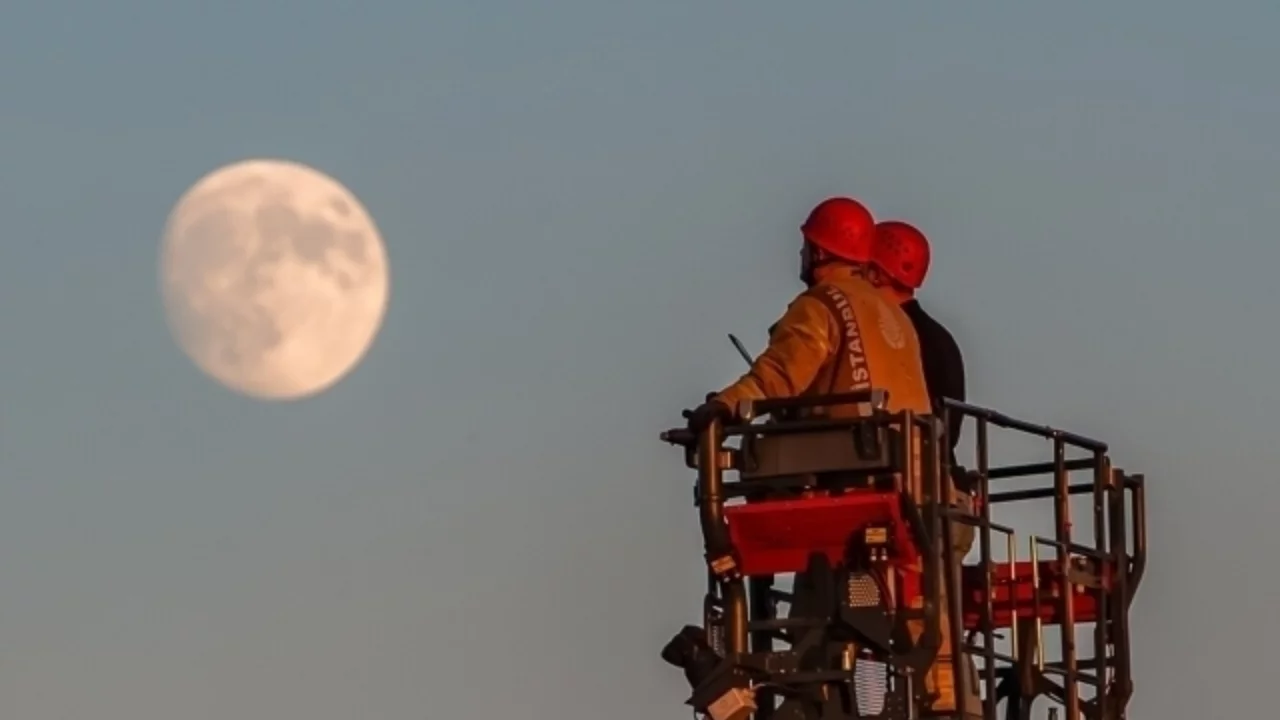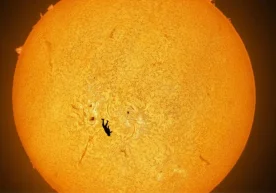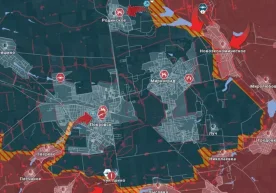
On October 7th of this year, the Moon will reach its closest point to Earth, at a distance of less than 360,000 kilometers. This phenomenon is called "superoy" by astronomers. TASS reported this on October 5.
It turns out that the supermoon will be almost 14% closer to Earth than the mini-moon, and its brightness will increase by approximately 30%. By October 8, the distance between the Moon and Earth will increase to 360 thousand kilometers, and by October 23 - to 406 thousand 445 kilometers. The average distance between these two facilities is 384,400 kilometers.
In addition, throughout October, people can observe the Moon approaching giant planets. On October 13, the Earth passes near Jupiter, and on the morning of October 19, the Moon appears in the west of the brightest planet - Venus, creating unique sunrise effects.
Scientists believe that October is also an excellent opportunity to observe Saturn. The planet is visible in the southern sky at midnight, at an altitude of up to 30 degrees above the horizon. With 20x or greater magnification, astronomers with Saturn's rings and telescopes with diaphragms of 100 mm or larger can see its largest satellite - Titan. Other satellites can also be observed through more powerful telescopes (250 mm and larger): Dione, Tethys, Rea, Enceladus, and Iapetus.
Also, two comets can be seen in the dark sky during the month: C/2025 A6 Lemmon (in the northwest) and C/2025 R2 Swan (in the southwest). Orion meteor showers are expected to peak on October 21st, with up to five meteors per hour observed in the open air.
Read “Zamin” on Telegram!Users of Меҳмон are not allowed to comment this publication.













